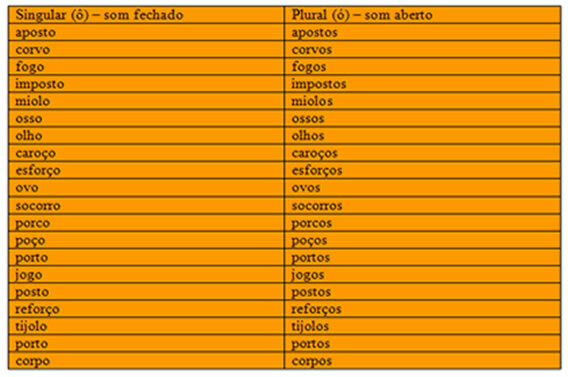Usually when we think of rheumatism, we imagine those pains that affect the joints, muscles and bones. However, we must know that rheumatism is not a single disease! This term is used to talk about about 150 different diseases that affect our musculoskeletal system and connective tissue.
Contrary to what many people think, rheumatic diseases are not restricted to problems in the locomotor system, affecting, in some cases, organs such as the heart, lungs, kidneys, eyes and intestine. The origin of rheumatism is also diverse and can be degenerative, autoimmune or infectious.
Among the main diseases traditionally known as rheumatism, we can highlight:
-arthrosis;
-osteoporosis;
-Fibromyalgia;
-Drop;
- Bursitis;
-tendonitis;
-Rheumatic fever;
-Rheumatoid arthritis;
-Systemic lupus erythematosus.
Despite what many believe, these diseases are not exclusive to the elderly, and can even affect children, such as rheumatic fever. Another myth revolves around the cold, as many people believe that these illnesses get worse as the temperature declines. This fact is also not true, as many types of rheumatism are not influenced by temperature.
It is also important to emphasize that some diseases have characteristics of rheumatic disease, however, they are not. Among the diseases that can present symptoms that confuse them with rheumatism, we can highlight hypothyroidism, hyperthyroidism, tumors and some infectious diseases.
If you experience stiffness and pain in the joints, redness, swelling and difficulty moving arms and legs, see a doctor. An early diagnosis is essential in these cases, as some rheumatic diseases can trigger permanent disability.
As it is a term used to designate a very wide range of illnesses, we cannot talk about a treatment for rheumatism. Therefore, a doctor should be consulted to assess the disease that the patient has and only after that a treatment can be indicated.
It is noteworthy that no patient should be satisfied with the diagnosis of rheumatism, as this term does not determine which disease you have. Ask your doctor if he classifies your condition as simple rheumatism.
Some rheumatic diseases have no cure, however, correct treatment and monitoring by a professional enable people with rheumatic diseases to have a normal life and develop their activities normally.
Remember that the doctor who will treat the situations described above is the rheumatologist.
by Vanessa dos Santos
Graduated in Biology

